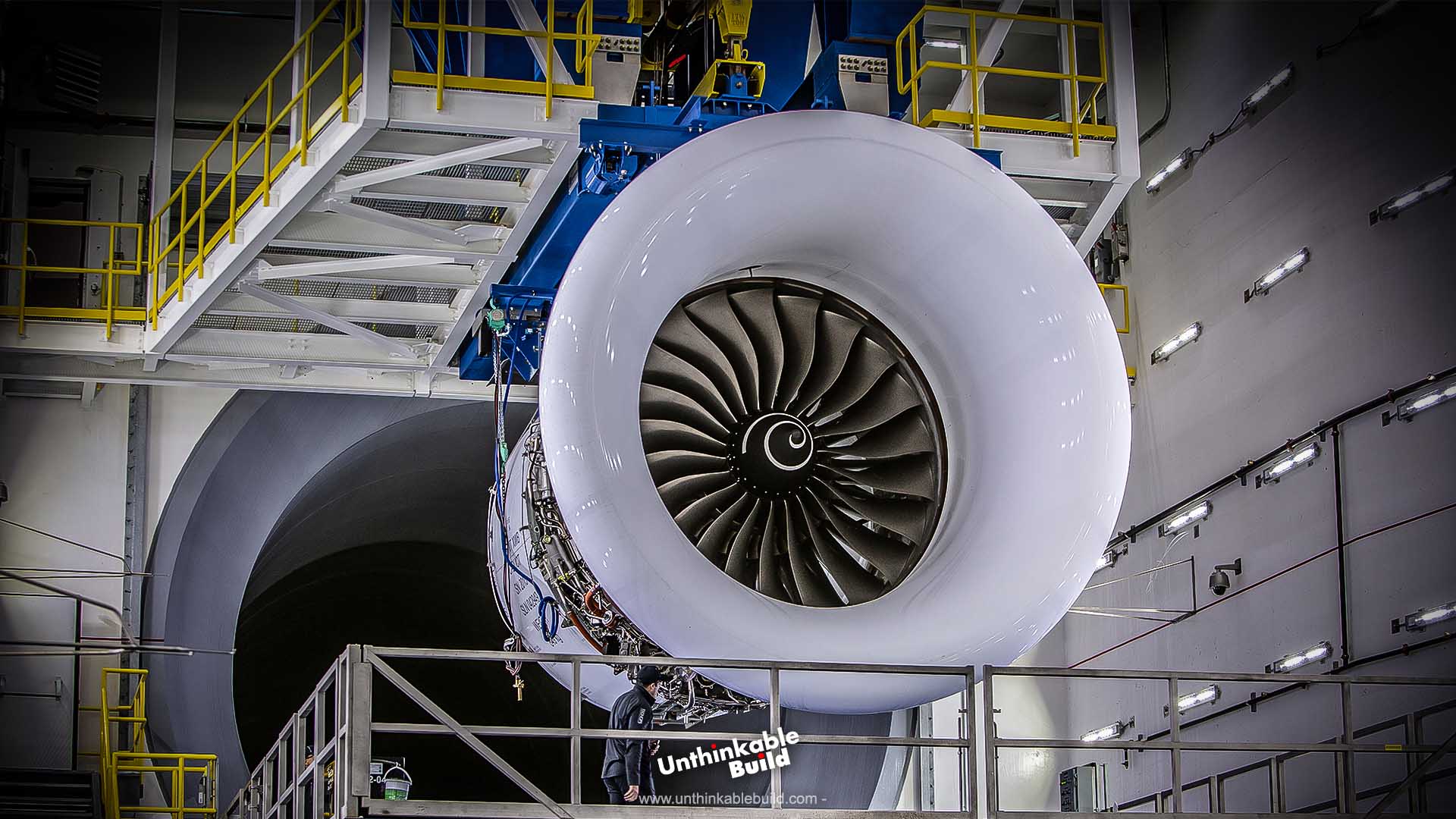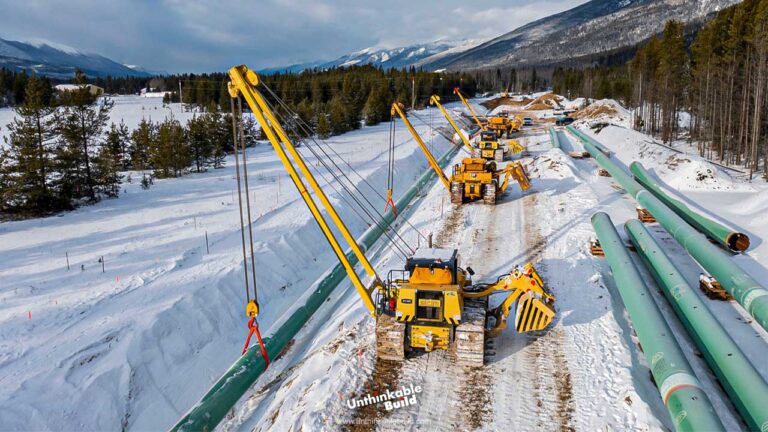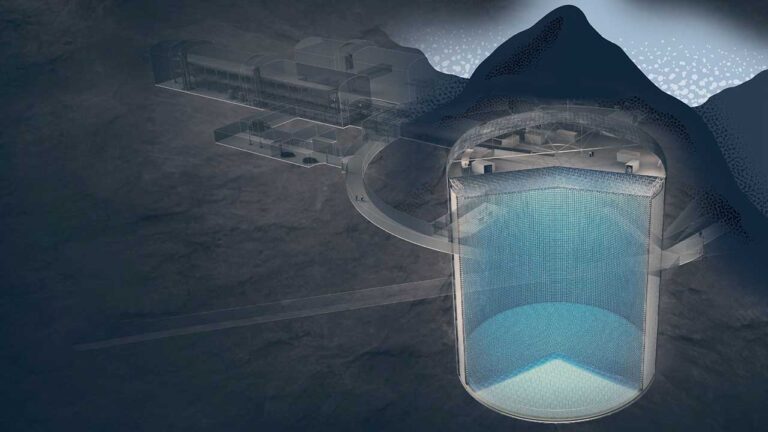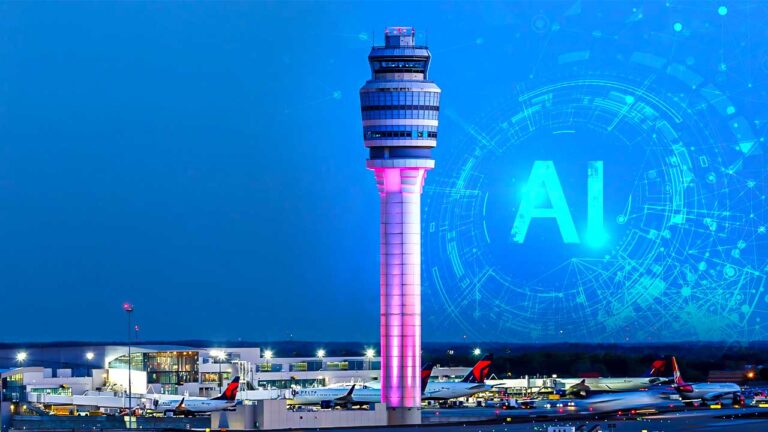This Is How Airplane Engines Are Tested for Safety
Most aircraft today, aside from the mighty Airbus A380s and Boeing 747s, are designed with just two engines. But don’t be misled by how simple it seems. These engines are not just bolted onto a plane without careful consideration. They rather go through a range of intensive check and evaluations, proving themselves worthy to take on the skies. It’s this thorough attention to detail that makes flying feel as natural as walking, ensuring we arrive at our destinations safe and sound.
Most people don’t often think about the challenges an airplane engine faces while soaring through the skies or the intense checks it goes through to stay ready for any disturbing situation. One of the common worries is about birds flying around the runway and the chance of them getting sucked into the airplane engine. But the engines on the planes we fly in are built to handle these unexpected run-ins. They’re tested under conditions that mimic real-life scenarios, including bird strikes and harsh weather, to ensure they can handle whatever comes their way. So, the next time you’re looking out the window during a takeoff, know that those massive engines are more than prepared to keep you safe. But have you ever thought about what makes your journey so safe? Keep Watching this video to find out!
Commercial air travel is recognized as being the safest way to get from one place to another. A big part of that safety comes down to the intense testing aircraft engines go through. These aircraft engines are pushed to their limits to make sure they can handle whatever surprises the skies might have in store.
Also Read: Can China’s New Giant Aircraft Carrier Fujian Really Dominate the Seas?
Engines of commercial aircraft undergo extensive testing to ensure their reliability and safety, and one of the most crucial tests is for thrust reversal. This feature is essential for landing because it helps slow the plane down by reversing the engine thrust. Without this capability, landing safely would be much more challenging and could potentially lead to risky situations.
In this test, aeronautical engineers simulate a landing in a full-scale wind tunnel with the thrust reversers engaged. They check whether the engines can safely handle reverse thrust, while avoiding dangerous issues like re-ingesting fuel vapors. Advances over the years have reduced the likelihood of problems with fuel vapor re-ingestion, but these tests continue to ensure that everything operates smoothly and safely.
Fuel vapor re-ingestion is, when fuel vapors that usually released during engine operation, are accidentally pulled back into the engine’s air intake system. These vapors can mess with the air-fuel mix, leading to less efficient combustion and a drop in engine performance. There’s also a health issue, especially in tight spaces like aircraft cabins or maintenance areas, where prolonged exposure to these vapors can pose risks to crew and maintenance staff.
Airplane engines also face a series of other harsh tests. For example, bird strike test involves firing dead birds into running engines to see how well they cope with such collisions.
Bird strike tests are crucial to make sure an aircraft engine can handle unexpected clashes with birds, which are an everyday hazard in aviation. To simulate these real-world encounters, engineers start by selecting a bird that’s similar in size and weight to those an aircraft is likely to encounter, like chickens or geese. Using a specific cannon, they launch these birds at a high speed straight into a running engine, that is mounted securely on a test stand. This engine is powered up to the speeds it would typically run at especially during takeoff. Then, the birds are fired into the engine’s fan blades, while high-speed cameras and sensors capture every moment of the impact, collecting data on how the engine handles it.
After the test, engine gets a thorough examination to check for any signs of damage, like cracks or broken parts. If the engine still performs well, it moves closer to certification and approval for use in the commercial aircraft. But, if there are any issues, the design is tweaked, and the test is run again. These tests help ensure engines are built tough enough to keep everyone on board safe, even when unexpected events happen in the skies.
Blade-off tests simulate the failure of a fan blade to ensure the engine can contain any damage and continue operating safely during the cruise. Weather conditions are also simulated in this series of tests where large amounts of water are poured into the engine to mimic heavy rain, and ice chunks are introduced to replicate icy conditions like hail storm.
An aircraft engine has to perform reliably at high altitudes, but if it’s not well-designed, it might struggle or even fail up during long flights, leading to a series of problems over its lifetime. That’s why every engine goes through an intensive ground test that mimics high-altitude conditions. This test is known as the Altitude or Vacuum Chamber Test. It takes place in a special chamber that replicates the thin air and low pressure found high up in the sky.
Inside this chamber, engineers adjust the atmospheric pressure to match the altitude they’re simulating. They also control the air pressure and temperature that the engine receives to match what it would experience during a flight. This setup lets engineers see how the aircraft engine performs under these challenging conditions, without having to actually fly it to those heights.
If the engine passes this test with flying colors, it moves on to the next phase of testing. But if any issues come up, engineers have to go back to the drawing board, tweak the engine design, and make sure everything works perfectly at high altitudes. This thorough testing ensures that every aircraft engine is ready to handle the demands of flying high above the Earth, giving passengers a peace of mind that the technology keeping them in the air is both reliable and safe.
Vibration and acoustic tests measure how well the engine manages vibrations and noise during a flight, ensuring it meets regulatory requirements and remains as quiet as possible.
Fatigue and thermal cycling tests of an engine involve repeatedly heating and cooling, to simulate the stresses of flight. Once engines pass these rigorous ground tests, they are mounted on modified test aircraft like Boeing 747-700, known as Test Beds, for a series of real-world flight testing. This assesses their performance under actual flying conditions, and they must meet strict certification standards from aviation authorities, before being deemed fit for commercial use.
After all these evaluations, engines are removed from the test aircraft and disassembled for a final inspection to check for wear, cracks, or hidden damages. This thorough procedure allows engineers to make necessary improvements, if required, ensuring that every engine is as reliable and safe as possible.
Also Read: 1000M: Chicago’s Luxurious Mega Skyscraper
When everything checks out, a final report is submitted to the regulatory authority for a review, and if the engine meets all the requirements, it receives a Type Certificate. This certification means the engine is approved for use and can be mass-produced and installed on aircraft.
Even after certification, the engine is continuously monitored, to ensure ongoing safety and performance. Regular maintenance and updates may be needed to keep the engine in top condition.
If there are any modifications to the certified engine or if it’s to be used in a different aircraft, it might need additional certification to ensure those changes don’t affect its safety or performance. Overall, the certification process is meticulous, ensuring that every engine is ready for safe and reliable flight.
Next time you’re up in the air in your favorite airlines, you can rest easy knowing that the engine powering your flight has been rigorously tested to ensure your journey is smooth and safe. All these checks are there to help you ease and relish your trip. If you found this behind-the-scenes interesting, give this video alike and share it, so others can also appreciate the care that goes into making their flights comfortable.







